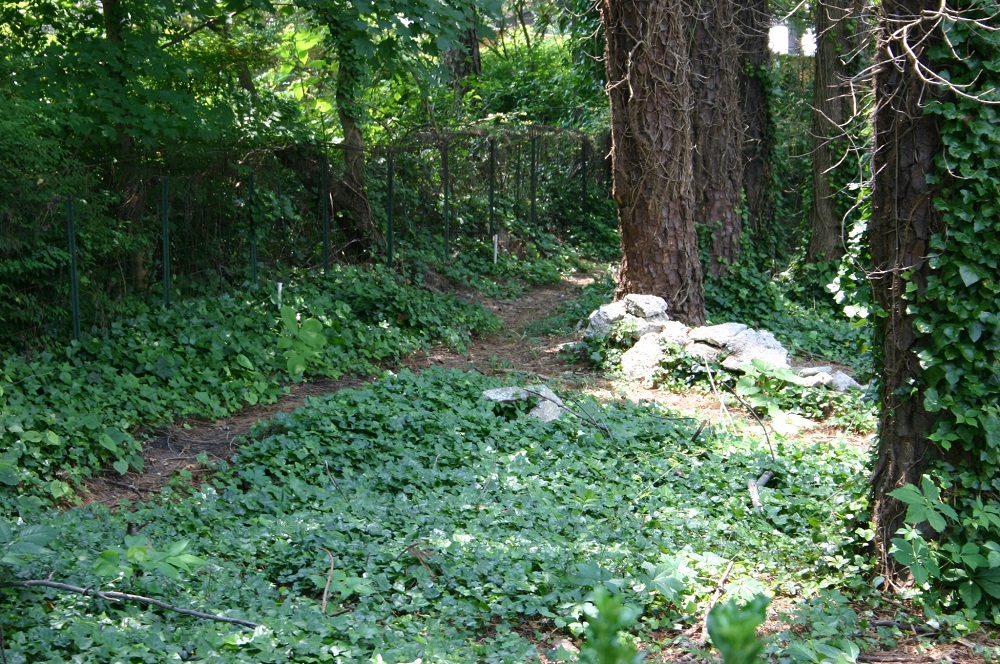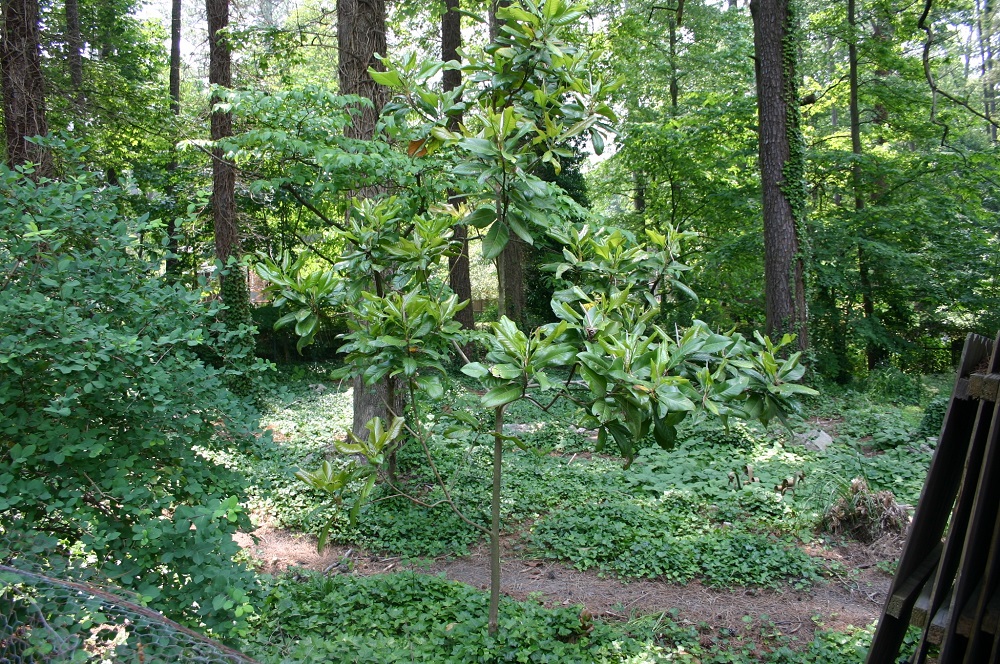How To Build a School Nature Trail

A school nature trail is a great addition to the educational efforts of teachers, neighbors and parents. Here are some ideas on how to go about the process:
Before Work Day
1. Determine an appropriate area of school property for the nature area. Draw a map to scale of school building and natural areas.
2. Identify interested teachers, parents, volunteers and professionals (Extension Service, Forestry Service, etc.)
3. Identify funding and other resources.
4. Identify how trail will be maintained long term. Who will care for it in five years?
5. Meet with persons interested in planning trail route and study areas to do preliminary walk through of area.
6. Meet with persons interested in leading work groups who will work on trail.
7. Do preliminary trail and study areas map.
8. Finalize trail route and study areas. Mark trail with one color plastic tape; areas with another color.
9. Identify and remove any hazards to work groups.
10. Set date(s) for work groups. Divide anticipated group into sub-groups assigned to specific tasks. Identify group leaders. Describe each group task in writing. List tools needed to be brought on work day.
11. Arrange for wood chips to be brought to site. Need approximately 2 cubic feet of chips per linear foot of 6′ wide trail. (i.e. 20 cubic feet of chips will cover 10′ of a 6′ wide trail). Have chips dumped at both ends of trail plus any other access points.
Work Day
1. Provide refreshments, trash bags, first aid, bathrooms for group.
2. Assemble group and orient them to whole project. Divide into sub-groups with group leaders. Mark handle of every tool with permanent market to identify owner.
3. Identify areas to deposit trash. Dispense groups to their tasks.
4. Allow controlled chaos to reign. Project supervisor should be available to rush around, solve problems and offer direction, but not to work.
5. When energy lags, call groups together for refreshments. Congratulate on tremendous progress made. Dismiss those who need to leave. Re-form groups and re-assign tasks. Disperse them back to their tasks.
6. When energy lags again, provide refreshments, congratulate entire group, announce next work day and dismiss group.
7. Walk through trail area writing down problems and unfinished tasks. Recover lost tools and clothes. Clean up refreshment area and close building.
Dedication and Ribbon Cutting
1. Invite donors, parents, workers, janitor, and anyone else who participated.
2. Remark upon beauty of trail, difficult task accomplished, hard work done, value to future students, etc.
3. Unveil plaque, cut ribbon as appropriate.
Technical Recommendations
Trail covering: Bark chips, pecan hulls or wood chips are recommended. Pine straw scatters and does not hold up.
Sloped trail areas: Trail coverings all float and will quickly wash down the slope unless retained. Recommendation is to use 3″-6″ diameter logs set across the trail and held in place with 2 – 12″ long, 1/2″ diameter rebar spikes pounded into the earth at each end of the log, one on each side.
If gravel is available, it can be used for trail cover, but it is heavy to move and it is easy for students to pick up and throw at each other.
Marking large trees: Numbered aluminum disks are available from Ben Meadows or Forestry Suppliers. It is recommended that these be used to mark a tree instead of using large plaques. A printed guide can be used by students to identify trees and nature features.
Attach disks to trees with 2″ galvanized roofing nails. Disks should be 9′ above the ground.
Marking small plants and shrubs: Bury a 3′ long pressure treated 4″ x 6″ post 2′ into the earth. Use 2″-3″ stencils and black paint to place a number on the post.
Water features: Naturally wet areas are valuable for showing bog plants and wet area flora and fauna. Bringing in water by pump or pipes is not recommended.


















